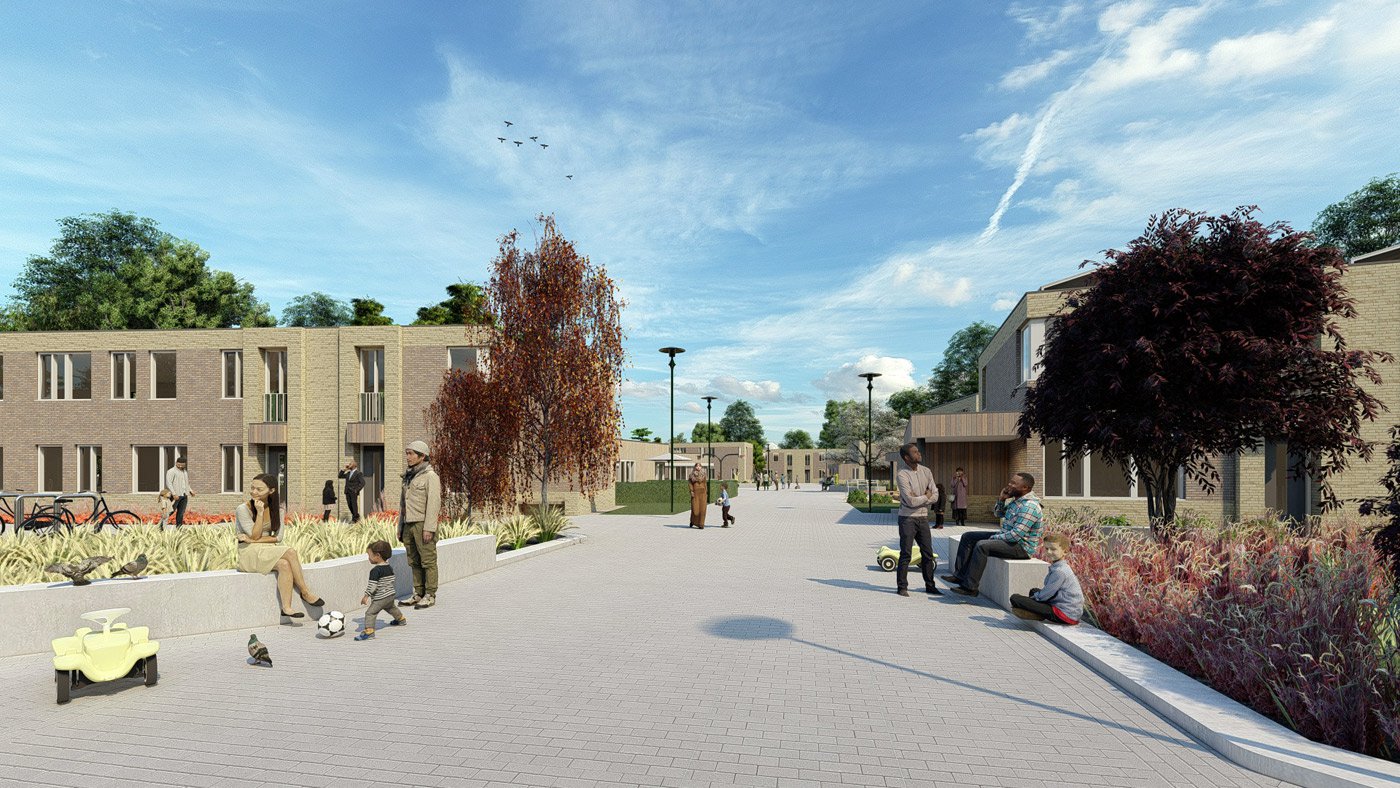Netherlands Plans Low-Security Detention Centers For Asylum Seekers

Table of Contents
The Rationale Behind Low-Security Detention Centers
The Dutch government's justification for low-security detention centers centers around several key arguments focusing on cost-effectiveness, improved humanitarian conditions, and enhanced efficiency. The core idea is to create a less restrictive environment while still maintaining control over asylum seekers during the processing of their applications.
- Reduced Costs: Traditional high-security detention facilities are expensive to operate. Low-security centers promise significant cost savings by reducing the need for extensive security measures. This frees up resources for other aspects of the asylum process.
- More Humane Detention: Proponents argue that a less restrictive setting can improve the well-being of asylum seekers awaiting processing. A less institutionalized environment might mitigate the negative psychological impacts of detention.
- Streamlined Asylum Process: By providing better access to services and support within the centers, the government aims to expedite the processing of asylum claims, reducing overall processing times.
- Alleviating Overcrowding: The current high-security detention centers are often overcrowded. Low-security facilities offer the potential to alleviate this problem and provide more appropriate living conditions.
- Facilitating Integration: Some argue that low-security centers can create opportunities for integration by offering language courses, job training, and access to community resources, preparing asylum seekers for life in the Netherlands.
The government believes that this approach represents a more humane and efficient way to manage the influx of asylum seekers while adhering to legal obligations.
Concerns and Criticisms of the Plan
Despite the government's stated goals, the plan has faced significant opposition. Human rights organizations, opposition parties, and concerned citizens have voiced numerous concerns:
- Human Rights Violations: Critics fear that a less secure environment could lead to increased risks of human rights violations, including exploitation, abuse, and self-harm. The lack of stringent security might leave vulnerable individuals exposed to harm.
- Security Risks: Concerns exist about the potential for escape and the safety of both asylum seekers and the surrounding communities. Adequate security measures are crucial to prevent such risks.
- Lack of Transparency and Accountability: Concerns have been raised about the transparency and accountability of the management and operations of these facilities. Effective oversight mechanisms are essential to prevent abuses.
- Potential for Exploitation: Vulnerable asylum seekers might be more susceptible to exploitation and abuse in a less secure setting. Strong safeguards and monitoring are needed to prevent this.
- Public Opinion: The plan has fueled negative public perception and anxieties surrounding asylum seekers and immigration policies, potentially exacerbating existing societal divisions.
These concerns highlight the need for careful planning and robust safeguards to mitigate potential risks associated with low-security detention centers.
Details of the Proposed Centers: Location, Capacity, and Management
While specific details are still emerging, certain aspects of the proposed low-security detention centers are becoming clearer:
- Location: The government has not yet publicly announced the specific locations of the planned centers. This lack of transparency contributes to public anxieties.
- Capacity: The intended capacity of each center is also currently unspecified, leading to speculation and further concerns.
- Staffing and Security: Information on staffing levels and security protocols remains limited. The balance between security and a humane environment is crucial and requires careful consideration.
- Amenities and Services: The level of amenities and services to be offered within the centers remains unclear, impacting the quality of life for residents.
- Legal Framework: The legal framework governing the operation of these centers needs to be clear, transparent, and fully compliant with international human rights law.
Further details about these aspects are needed to assess the feasibility and appropriateness of the plan.
Comparison with Other European Countries' Approaches to Asylum Seeker Detention
The Netherlands' approach to low-security detention centers is not entirely unique within Europe. Several other countries utilize different models of detention, offering a comparative lens:
- Germany: Germany employs a mix of detention centers, ranging from high-security to more open facilities, tailored to individual circumstances and risk assessments.
- Sweden: Sweden prioritizes alternative accommodation options to detention, focusing on community-based solutions and support services.
- France: France utilizes a system of detention centers, though recent reforms have focused on reducing detention durations and improving conditions.
Analyzing these approaches and their effectiveness provides valuable insights for the Netherlands, highlighting potential best practices and pitfalls to avoid. Comparative research is crucial to ensure the Netherlands' approach is informed and efficient.
Conclusion
The Netherlands' plan to establish low-security detention centers for asylum seekers presents a complex dilemma, balancing the government's need to manage asylum applications efficiently with concerns regarding human rights, security, and public perception. While the initiative aims to improve cost-effectiveness and create a more humane environment, significant concerns remain about the potential for abuse, security risks, and the lack of transparency. Comparing this approach to those of other European countries is crucial for evaluating its potential success and addressing potential shortcomings.
To foster informed public discourse, it's essential to engage with this issue. Research the details of the proposed plan, examine the experiences of other European countries, and contact your representatives to express your views on the Netherlands' low-security detention centers for asylum seekers. A thorough understanding of this multifaceted issue and exploring alternative solutions are vital steps toward ensuring a fair and humane approach to asylum processing in the Netherlands.

Featured Posts
-
 The Forgotten Mtv Comedy Series Alex Winters Early Work
May 11, 2025
The Forgotten Mtv Comedy Series Alex Winters Early Work
May 11, 2025 -
 Jessica Simpson Debatten Om Ormsperma Fortsaetter
May 11, 2025
Jessica Simpson Debatten Om Ormsperma Fortsaetter
May 11, 2025 -
 Immersive John Wick Experience Become Baba Yaga In Las Vegas
May 11, 2025
Immersive John Wick Experience Become Baba Yaga In Las Vegas
May 11, 2025 -
 Indy Car 2025 Analyzing Rahal Letterman Lanigan Racings Chances
May 11, 2025
Indy Car 2025 Analyzing Rahal Letterman Lanigan Racings Chances
May 11, 2025 -
 How The Cbs Vma Simulcast Changed The Game For Mtv
May 11, 2025
How The Cbs Vma Simulcast Changed The Game For Mtv
May 11, 2025
